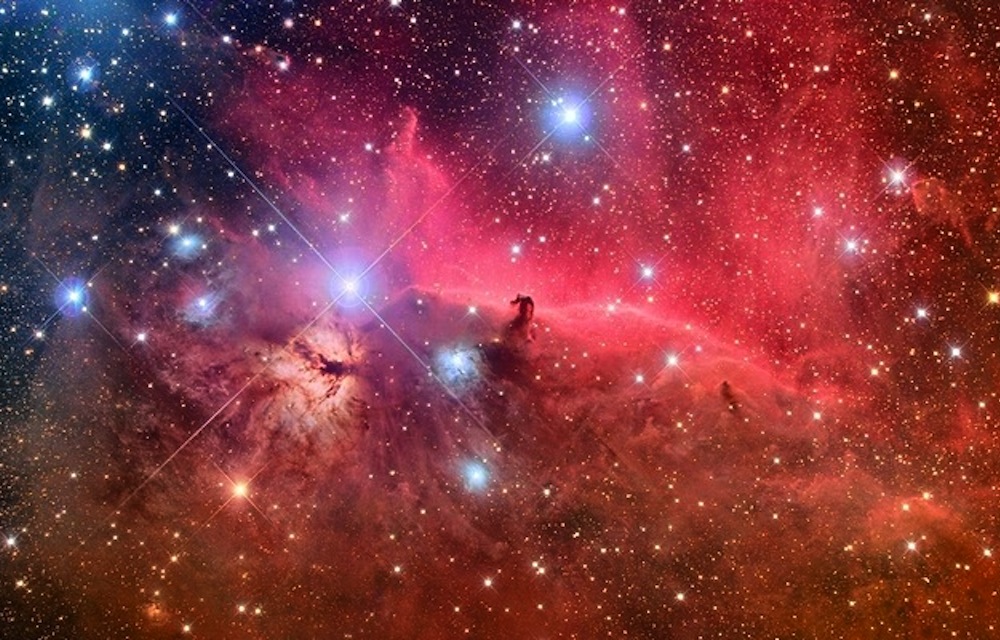If I think about my methodology in studio practice and I am expected to explain that I am supposed to start with basic principles and methods, which define my own pattern of thinking.
Emptiness – it could be picture as an empty canvas with an infinity of potential, of a variety different stories, words or images that could be placed on it. Emanuel Kant “Tabula Rasa” and psychoanalytical child development – perhaps Lacan’s “mirror stage” more in his structural value – in which everything begin with infinite potential of personal identification of what we are and we can be.
Interconnectivity – opposite modes of perception predefined the infinite possibilities which are underlying the final painting. These are connections, which in process of creativity where empty canvas and his emptiness in working process defined the nature of perceptual emphasis.
The Nature of Reality – reality is a projection of our very own mind. I couldn’t say it better than has been said by German theoretical physicist Werner Karl Heisenberg “ What we observe is not nature itself, but nature exposed to our method of questioning.”
Simultaneous opposite modes of perception and how they are reflected in my studio practice.
No Material & Material – ideological, set of ideas that constitute one goal in contradiction to medium. In the beginning there is an emotion associated with some random image usually from my life experience. In a stage similar to automatic writing or free association, I am looking for a strong impulse, when my ability can realise thoughts and can be used for holding it. Sometimes I carry some ‘image’ for very long time in my head because I need some time to understand it. Why, from where does this come from, what does it mean? Only after, when I have the answers, I will start to paint. Mostly my choice is related to collective unconscious because only things that we all share in common can be in personal interest of somebody else, or so I believe.
Intuitive & Rationalistic – in the process of creation these two overlap each other. Intuition takes its part when the very first mark is made on canvas, when on the conscious level I don’t know exactly what I am doing. Then the ‘No Material’ thought’s result is expanded by the material mode. When material mode overcomes the intuitive mode, the rationalistic mode is switched on. Rationalistic mode takes its part by the contribution of technique and theoretical necessities in painting -contrast, balance, composition, movement, repetition, reference to nebular hypothesis etc.
Spiritual & Scientific – perceptual emphasis referencing to Wollheim’s two-fold-ness of painting, when painting is done and my intention is obscured by the viewer.


